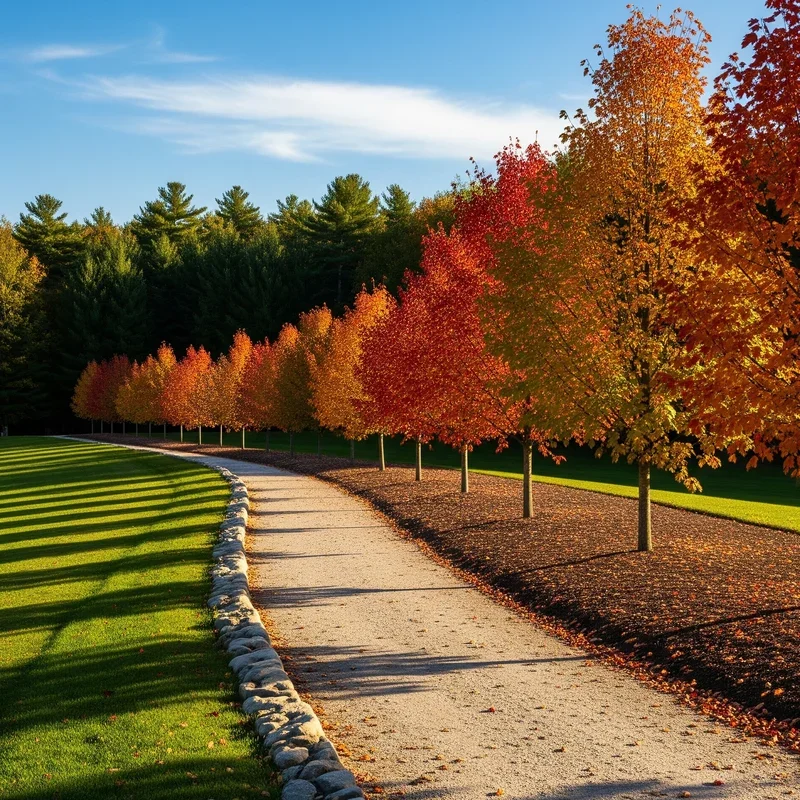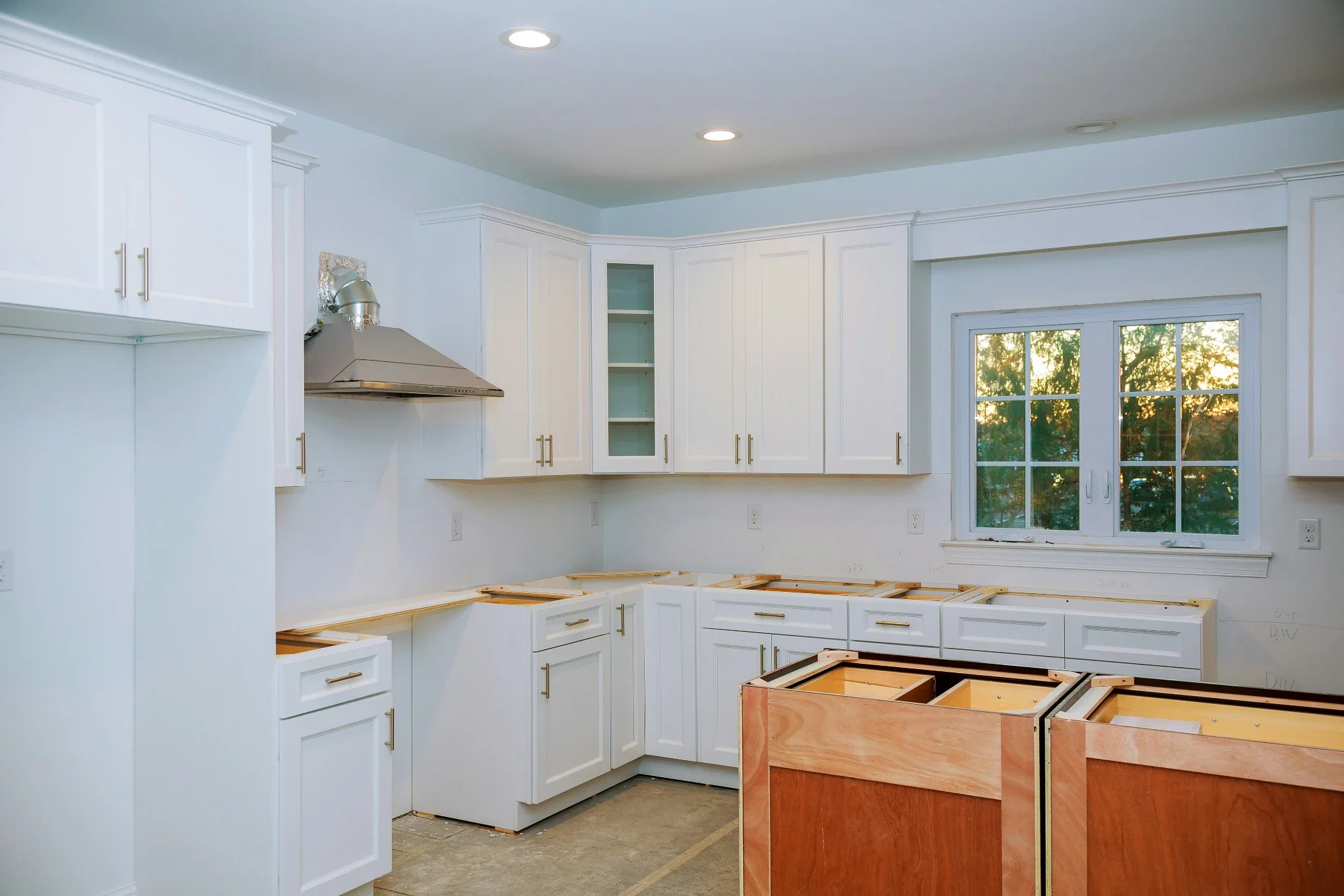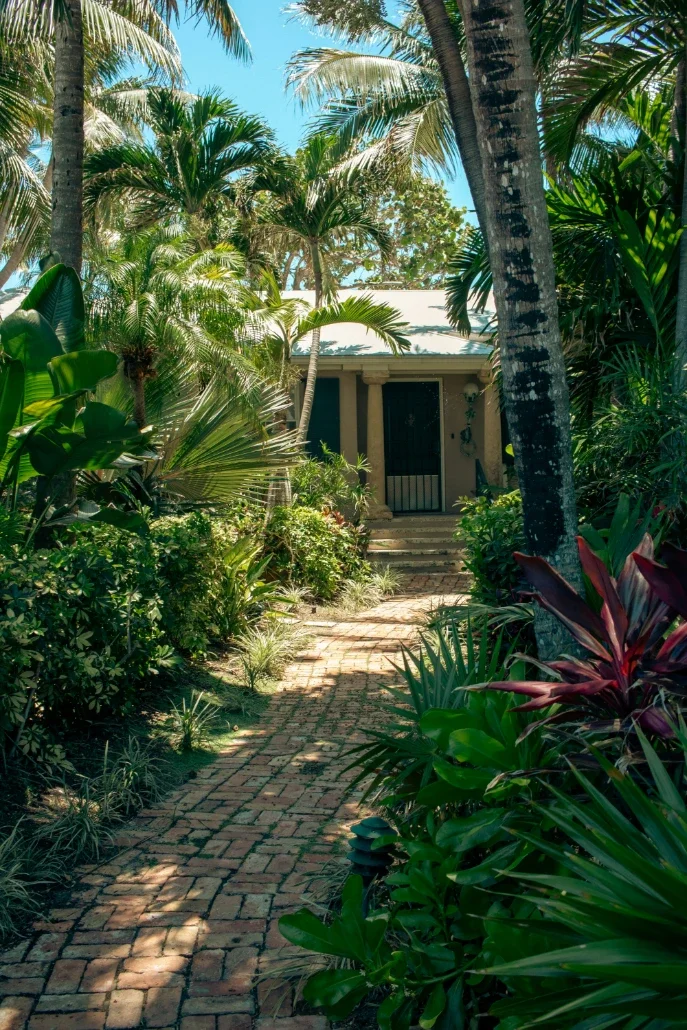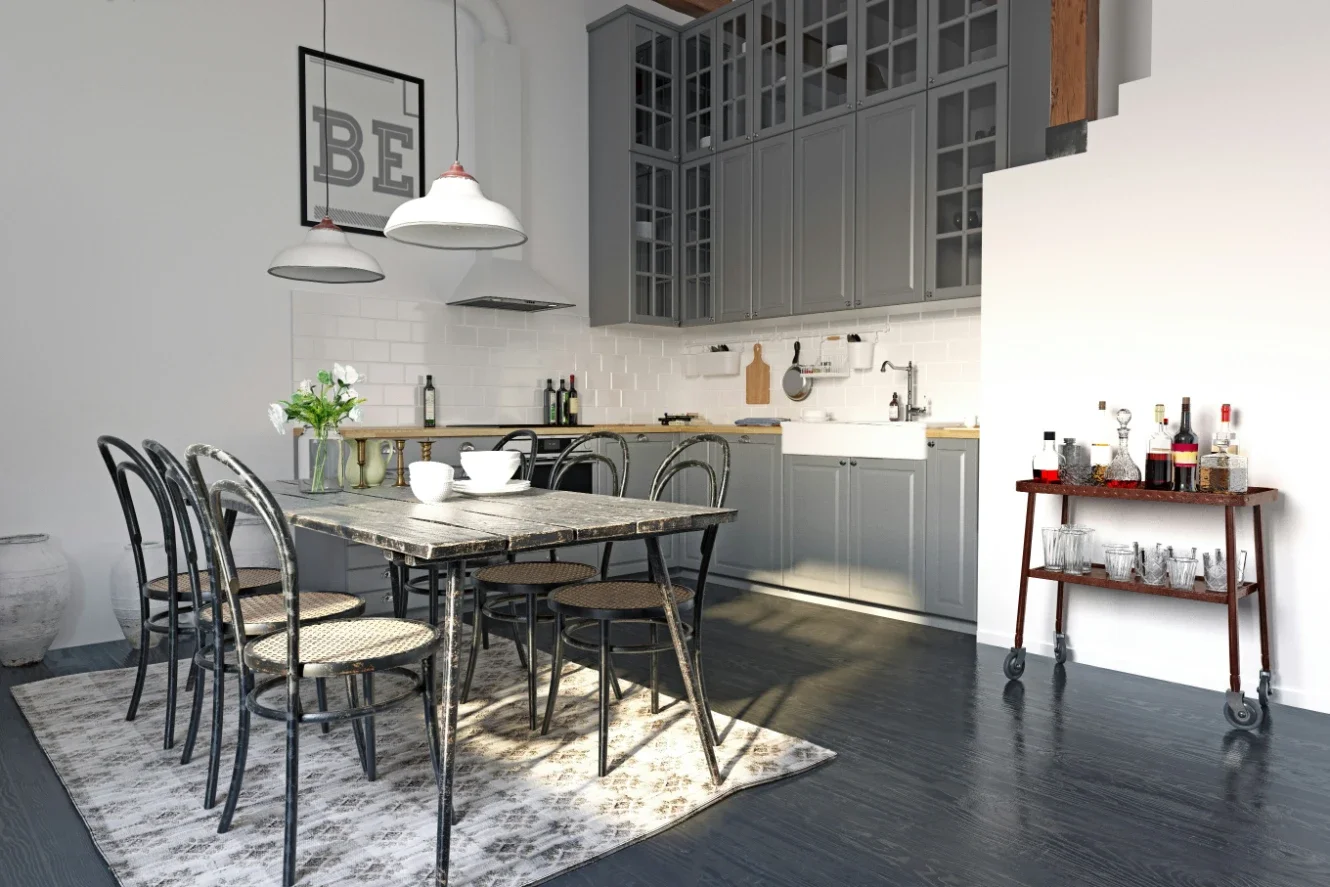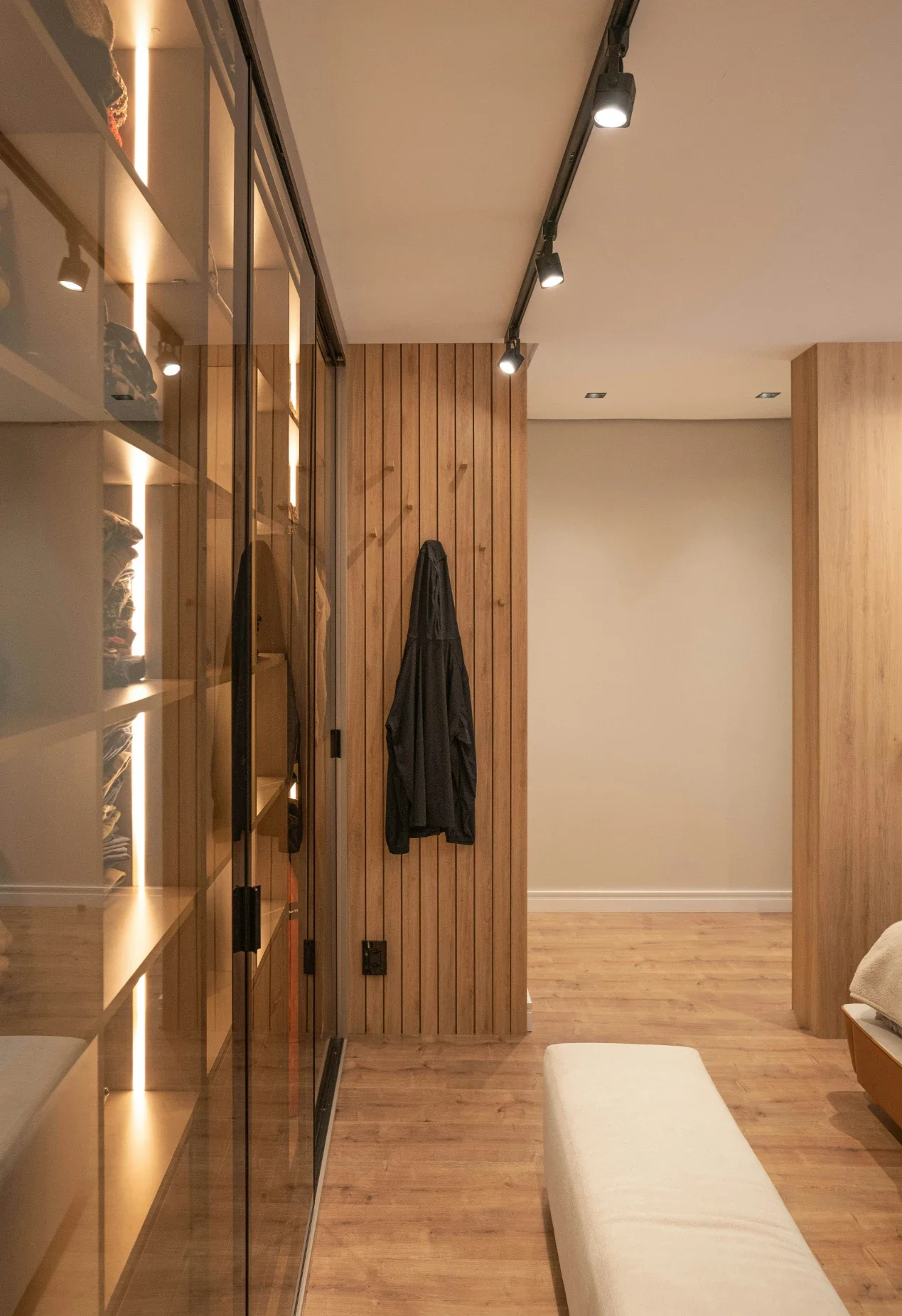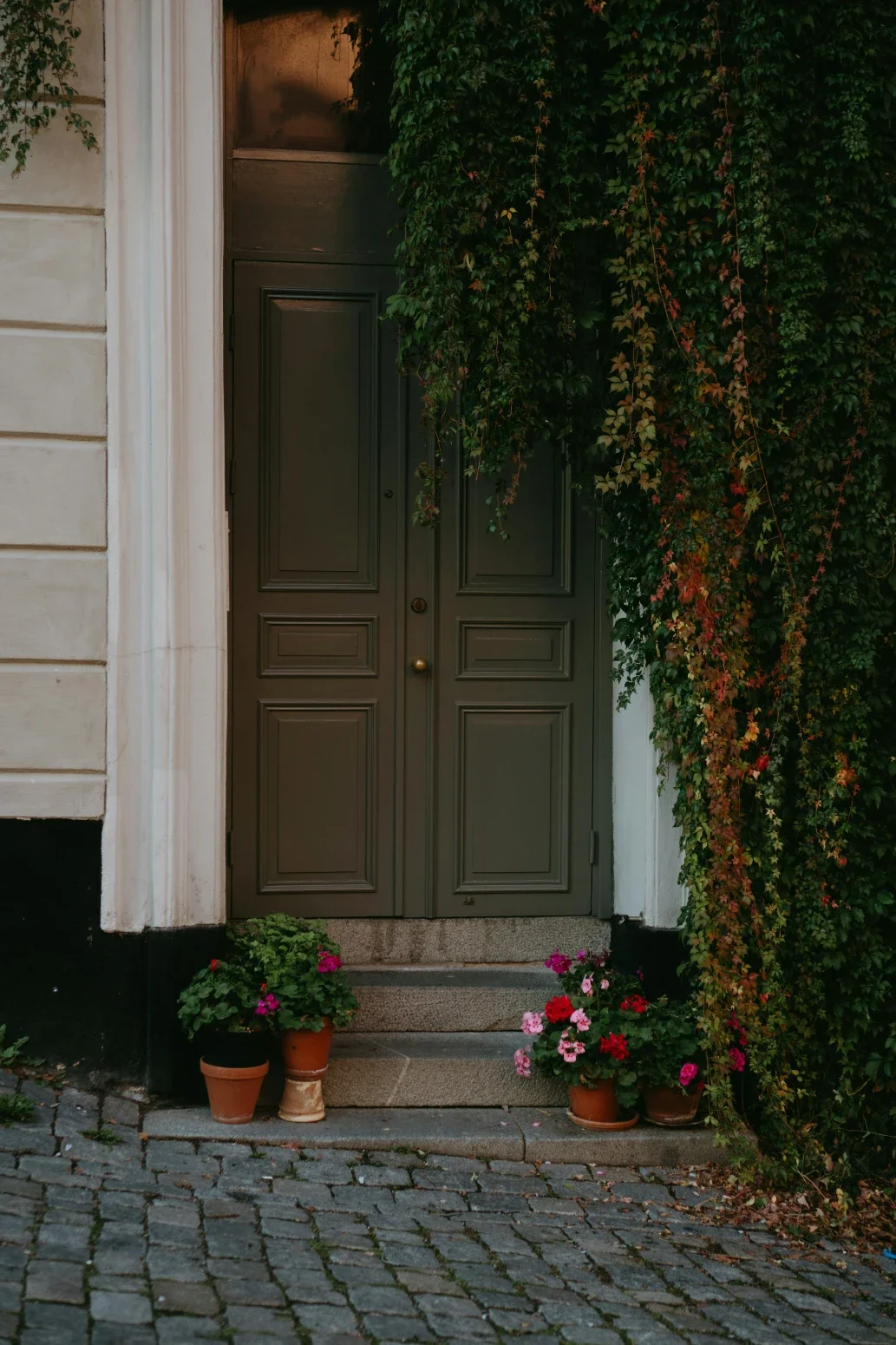15 Tree Border Ideas to Elevate Your Garden Design
Transform your trees with 15 creative border ideas! From stone circles to flower rings, discover designs that elevate your garden's beauty.
Ever looked at a lonely tree standing in your lawn and thought it needed a little something extra? Like a beautiful frame enhances a masterpiece, the right tree border can transform an ordinary tree into a stunning focal point that commands attention and admiration. Whether you're dealing with a majestic oak that's been there since forever or a young sapling you just planted last spring, creating the perfect border around your trees isn't just about aesthetics; it's about giving your garden that professional, polished look that makes neighbors stop and stare. Think of tree borders as jewelry for your landscape, the finishing touch that says, "Yes, I know what I'm doing in this garden!" From practical benefits like protecting tree roots from lawn mowers to creating defined spaces for seasonal flowers, tree borders serve multiple purposes while adding layers of visual interest to your outdoor space. Ready to give your trees the VIP treatment they deserve? Let's explore these creative border ideas that'll transform your garden from basic to breathtaking, one tree at a time!
1. Classic Stone Circle Border
Create timeless elegance with a classic stone circle that frames your tree like nature's own crown! Natural stones arranged in a circle provide excellent drainage while defining the tree's territory beautifully. Choose from river rocks, fieldstones, or flagstones depending on your garden's style and your budget. Stack them two or three layers high for a raised effect that prevents grass from creeping in and makes mowing easier. The gaps between stones allow water to penetrate while preventing soil compaction around sensitive roots. Mix different sized stones for a more organic look, or keep them uniform for a formal appearance. This border style works with any tree size and adapts as the tree grows. Your stone circle becomes a permanent landscape feature that requires minimal maintenance while adding substantial visual weight to your garden design.
2. Raised Brick Edging Design
Build a sophisticated raised border using bricks that add architectural interest and old-world charm to any tree! Arrange bricks in soldiers (standing upright) or sailors (laid flat) patterns, or combine both for creative designs. The uniform shape of bricks allows for precise circles or squares around your trees, perfect for formal garden settings. Red bricks provide warm color contrast against green lawns, while gray or tan options offer subtler integration. Mortar them together for permanence or dry-stack for flexibility as tree roots expand. The raised edge creates a perfect bowl for mulch or seasonal plantings while preventing lawn equipment damage. Add a second row for extra height and visual impact. This classic approach complements traditional homes beautifully while providing practical benefits like improved water retention and root protection.
3. Natural Mulch Ring Border
Embrace simplicity with a natural mulch ring that nurtures your tree while looking effortlessly elegant! Spread organic mulch like shredded bark, wood chips, or cocoa hulls in a 3-4 inch layer around your tree. Create a defined edge using a spade or install flexible edging to maintain clean lines between mulch and lawn. The mulch conserves moisture, regulates soil temperature, and slowly decomposes to feed your tree naturally. Choose mulch colors that complement your home's exterior or garden theme, from rich browns to striking reds. Keep mulch away from the trunk to prevent rot and pest problems. Refresh annually for maintained appearance and continued benefits. This budget-friendly option suits any garden style while providing maximum tree health benefits. Your mulch ring becomes a nurturing embrace that helps trees thrive while looking professionally maintained.
4. Decorative Metal Edging
Add contemporary flair with decorative metal edging that creates clean, modern lines around your trees! Steel, aluminum, or powder-coated options provide durability and style that lasts for decades. Choose from various heights and decorative patterns like scalloped edges, Victorian designs, or minimalist straight lines. The thin profile means less disruption to roots while creating strong barriers against grass invasion. Metal edging bends easily to accommodate irregular tree shapes or create perfect circles. Corten steel develops a beautiful rust patina that adds character over time. Install with stakes for stability and connect sections seamlessly for professional results. This low-maintenance option works especially well in contemporary landscapes or when you want crisp definition. Your metal border becomes a sleek frame that modernizes traditional trees while requiring virtually no upkeep.
5. Flowering Plant Border
Transform your tree base into a blooming paradise with carefully selected flowering plants that thrive in shade! Choose shade-tolerant perennials like hostas, astilbe, and impatiens that complement rather than compete with tree roots. Layer plants by height, with taller varieties near the trunk and shorter ones along the edge. Select flowers that bloom at different times for continuous color from spring through fall. Consider the tree's water and nutrient needs when selecting companion plants to ensure harmony. Add spring bulbs for early season interest before the tree leafs out fully. Include some evergreen perennials for winter structure when deciduous plants die back. This living border changes with seasons, providing constant visual interest while attracting pollinators. Your flowering border becomes a miniature garden ecosystem that enhances both tree health and garden beauty.
6. Rustic Log Border Design
Channel woodland charm with a rustic log border that brings cabin-style coziness to your garden! Use uniform log sections placed vertically or horizontally to create natural-looking edges around trees. Cedar, pine, or other rot-resistant woods work best for longevity in ground contact. Vary log heights for visual interest or keep them uniform for a neater appearance. The gaps between logs provide excellent drainage while the wood slowly decomposes, enriching surrounding soil. Treat logs with eco-friendly preservatives to extend their life or embrace the natural weathering process. This border style perfect for woodland gardens or rustic landscape themes. Stack logs Lincoln-log style for raised borders that double as casual seating. Your log border becomes a connection to nature that makes trees feel at home in their forest-inspired setting.
7. Paver Stone Pattern Border
Design intricate patterns with paver stones that turn tree borders into artistic ground features! Arrange concrete or natural stone pavers in herringbone, basketweave, or circular patterns for visual interest. Mix colors and textures to create unique designs that reflect your personal style. The flat surface of pavers makes them perfect for placing potted plants or garden decorations seasonally. Level each paver carefully for a professional finish that withstands foot traffic if needed. Leave small gaps between pavers filled with sand or ground cover for drainage. This versatile option works in both formal and casual garden settings. Create wider borders that double as pathways or seating areas around larger trees. Your paver border becomes functional art that adds structure and pattern to otherwise plain lawn areas.
8. Ornamental Grass Ring
Surround your trees with flowing ornamental grasses that add movement and texture to static landscapes! Plant varieties like fountain grass, blue fescue, or Japanese forest grass in a ring formation. Choose grass heights that complement your tree's scale without overwhelming smaller specimens. The soft texture contrasts beautifully with rough bark while providing year-round interest. Many ornamental grasses require minimal water once established, perfect for trees that prefer drier conditions. Their root systems help prevent erosion while allowing water penetration to tree roots. Cut back annually for fresh growth or leave seed heads for winter interest and bird food. Mix different grass varieties for varied textures and colors throughout seasons. Your grass border becomes a living, breathing frame that dances in the breeze while requiring minimal maintenance.
9. Rock Garden Border
Create a miniature rock garden around your tree that showcases alpine plants and interesting stone formations! Combine various rock sizes with drought-tolerant plants like sedums, hens and chicks, and creeping thyme. Build up areas with larger rocks to create elevation changes and planting pockets. The rocks absorb heat during day and release it at night, creating favorable microclimates. Use local stones for an authentic regional feel or imported varieties for exotic appeal. Add a few specimen rocks with interesting colors or patterns as focal points. This low-maintenance design works especially well under trees that cast heavy shade or have extensive surface roots. Include some sparkly or colored glass mulch for magical touches. Your rock garden border becomes a miniature landscape that invites close inspection and admiration.
10. Concrete Curbing Design
Install permanent concrete curbing that provides clean, professional edges lasting decades with zero maintenance! Pour concrete in forms to create smooth, curved borders that follow your tree's drip line perfectly. Stamp or stain concrete for decorative effects that mimic stone or brick at lower cost. The solid barrier prevents grass encroachment while containing mulch or decorative stones effectively. Add colorants to concrete for custom hues that match your home's exterior or landscape theme. Create different profiles from rounded to angular depending on your design preference. This investment adds property value while eliminating annual edging maintenance. Include decorative aggregate for textured finishes that sparkle in sunlight. Your concrete border becomes a permanent landscape feature that defines spaces while requiring absolutely no upkeep.
11. Wildflower Meadow Border
Transform tree surroundings into mini meadows bursting with native wildflowers that support local ecosystems! Scatter wildflower seeds suited to your region's climate and your tree's shade levels. Mix annuals for quick color with perennials that establish permanent displays over time. The informal style creates a naturalistic look that requires minimal maintenance once established. Choose flowers that attract butterflies, bees, and birds for added wildlife value. Allow some areas to go to seed for self-sowing next year's display. This eco-friendly approach reduces mowing while providing habitat for beneficial insects. Include native grasses among flowers for structure and movement. Your wildflower border becomes a constantly changing tapestry that celebrates natural beauty while supporting biodiversity.
12. Recycled Bottle Border
Get creative and eco-friendly with recycled glass bottles that create unique, colorful borders catching sunlight beautifully! Bury bottles neck-down in trenches around trees, creating rows of colored glass circles. Mix bottle colors for rainbow effects or stick to single colors for cohesive looks. The glass won't decompose, providing permanent edging that never needs replacement. This budget-friendly option costs nothing if you save bottles or visit recycling centers. Blue, green, and brown bottles create different moods and complement various garden styles. Add LED lights behind translucent bottles for magical nighttime effects. This conversation-starting border showcases environmental consciousness while adding artistic flair. Your bottle border becomes a sustainable art installation that proves creative landscaping doesn't require expensive materials.
13. Ground Cover Border
Plant low-growing ground covers that create living carpets around trees while suppressing weeds naturally! Choose shade-tolerant varieties like ajuga, pachysandra, or creeping phlox depending on sun exposure. These spreading plants fill in quickly, creating dense mats that prevent weed germination. Many ground covers bloom seasonally, adding color bonuses to their practical benefits. Select evergreen varieties for year-round coverage or deciduous types for seasonal changes. The living mulch conserves moisture and moderates soil temperature like traditional mulch. Trim edges periodically to maintain defined borders between ground cover and lawn. This low-maintenance solution works especially well under trees where grass struggles. Your ground cover border becomes a self-sustaining ecosystem requiring minimal intervention once established.
14. Seasonal Bulb Display
Design a rotating show of seasonal bulbs that provide color from late winter through fall! Plant spring bulbs like daffodils, tulips, and crocuses for early color before trees leaf out. Add summer bloomers like lilies and alliums for continued interest as shade increases. Include fall-blooming colchicums or autumn crocuses for late-season surprises. Layer bulbs at different depths for succession blooming in the same space. Mark planting areas to avoid disturbing bulbs when adding annuals or maintaining borders. The dying foliage feeds bulbs for next year's display while being hidden by emerging perennials. This dynamic border changes throughout the year, providing constant anticipation for next blooms. Your bulb border becomes a seasonal calendar that marks time's passage with beautiful flowers.
15. Mixed Material Border
Combine multiple materials for borders that showcase creativity while maximizing both form and function! Mix stones with wood chips, combine bricks with ornamental grasses, or blend pavers with flowering plants. Use hardscaping materials to create structure then soften with plants or mulch. This approach allows for personality expression while addressing practical needs like drainage or maintenance. Transition materials gradually for cohesive looks rather than abrupt changes. Consider maintenance requirements when mixing materials to avoid creating difficult upkeep situations. The variety prevents monotony while allowing for future modifications as preferences change. This flexible approach accommodates both formal and informal garden styles. Your mixed border becomes a unique signature element that reflects your personal garden philosophy perfectly.
Conclusion
Tree borders are more than mere decorative elements; they're opportunities to express creativity while enhancing your garden's overall design and your trees' health. These fifteen ideas prove that regardless of your style, budget, or maintenance preferences, there's a perfect border solution waiting to transform your trees into landscape showpieces. Start with one tree and one idea, then let your garden evolve as inspiration strikes. Remember, the best tree border is one that makes you smile every time you see it while making your trees thrive!
Read next: 15 Inexpensive Garden Edging Ideas for Your Yard
Frequently Asked Questions
Q1: How far from the tree trunk should borders extend?
A: Extend borders to the tree's drip line or at least 3-4 feet from trunk.
Q2: Will tree borders damage roots?
A: Properly installed borders with adequate depth consideration won't harm established tree roots significantly.
Q3: What's the most budget-friendly border option?
A: Natural mulch rings or recycled materials like bottles offer excellent results at minimal cost.
Q4: How often should tree borders be maintained?
A: Depends on materials; mulch needs annual refresh, while stone borders need occasional weeding only.
Q5: Can I combine different border styles?
A: Yes! Mixed material borders create unique designs and can address multiple functional needs.
